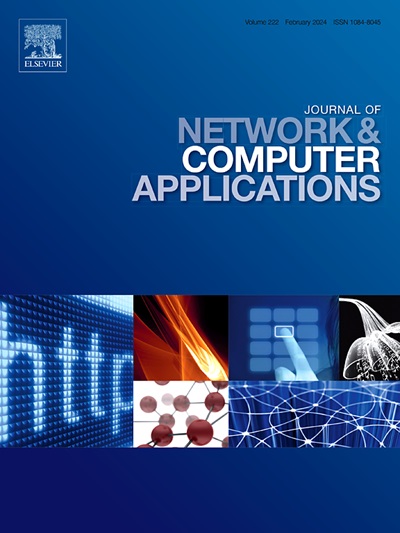基于时间异构图关注网络的Sybil攻击检测与跟踪方案
IF 8
2区 计算机科学
Q1 COMPUTER SCIENCE, HARDWARE & ARCHITECTURE
引用次数: 0
摘要
在协同驾驶技术的开发和应用中,Sybil攻击对车辆安全造成了严重威胁。虽然现有的检测方案可以识别来自Sybil节点的错误信息,但它们无法阻止正在进行的攻击,并且难以准确地追踪其来源。攻击源的高度隐蔽性和间歇性消息沉默是造成这一挑战的根本原因。针对这一问题,本文提出了一种基于时间异构图关注网络的Sybil攻击检测与跟踪方案。我们的方法深度集成了捕获车辆行为、时空特征和动态交通流变化的图结构数据,并利用图关注来建模车辆之间复杂的交互模式。这使得精确的Sybil检测和物理跟踪,即使在沉默的攻击间隔。在VeReMi-Extension数据集上的实验结果表明,我们的方案实现了99.89%的Sybil节点检测准确率,并成功地跟踪了超过85%的攻击源车辆,与现有方法相比,跟踪召回率提高了50%,有效地减轻了Sybil攻击的威胁。值得注意的是,这项工作填补了追踪Sybil攻击者物理位置的现有研究空白。本文章由计算机程序翻译,如有差异,请以英文原文为准。
Sybil attack detection and traceability scheme based on temporal heterogeneous graph attention networks
In the development and application of cooperative driving technology, Sybil attacks pose a serious threat to vehicle safety. Although existing detection schemes can identify erroneous information from Sybil nodes, they cannot prevent ongoing attacks and struggle to accurately trace their sources. The high concealment and intermittent message silences of attack sources are the root causes of this challenge. To address this, This paper propose a Sybil attack detection and tracing scheme based on a temporal heterogeneous graph attention network. Our method deeply integrates graph-structured data capturing vehicle behaviors, spatiotemporal characteristics, and dynamic traffic flow changes, and leverages graph attention to model complex interaction patterns among vehicles. This enables precise Sybil detection and physical tracing even during silent attack intervals. Experimental results on the VeReMi-Extension dataset demonstrate that our scheme achieves a Sybil node detection accuracy of 99.89% and successfully traces over 85% of attack source vehicles — a 50% improvement in tracing recall compared to existing approaches — effectively mitigating the threat of Sybil attacks. Notably, this work fills the existing research gap in tracking the physical locations of Sybil attackers.
求助全文
通过发布文献求助,成功后即可免费获取论文全文。
去求助
来源期刊

Journal of Network and Computer Applications
工程技术-计算机:跨学科应用
CiteScore
21.50
自引率
3.40%
发文量
142
审稿时长
37 days
期刊介绍:
The Journal of Network and Computer Applications welcomes research contributions, surveys, and notes in all areas relating to computer networks and applications thereof. Sample topics include new design techniques, interesting or novel applications, components or standards; computer networks with tools such as WWW; emerging standards for internet protocols; Wireless networks; Mobile Computing; emerging computing models such as cloud computing, grid computing; applications of networked systems for remote collaboration and telemedicine, etc. The journal is abstracted and indexed in Scopus, Engineering Index, Web of Science, Science Citation Index Expanded and INSPEC.
 求助内容:
求助内容: 应助结果提醒方式:
应助结果提醒方式:


